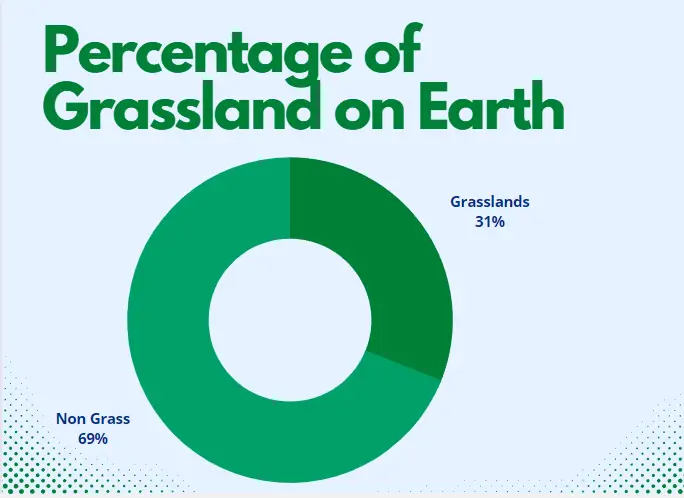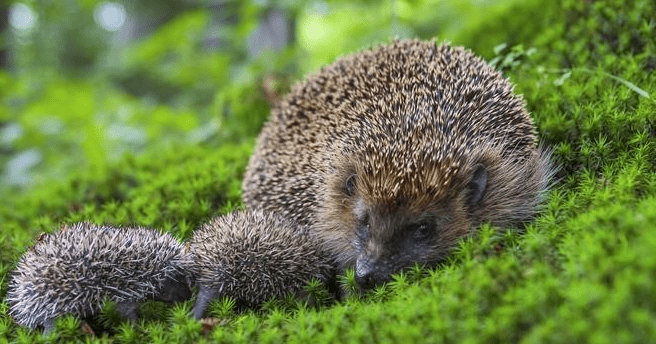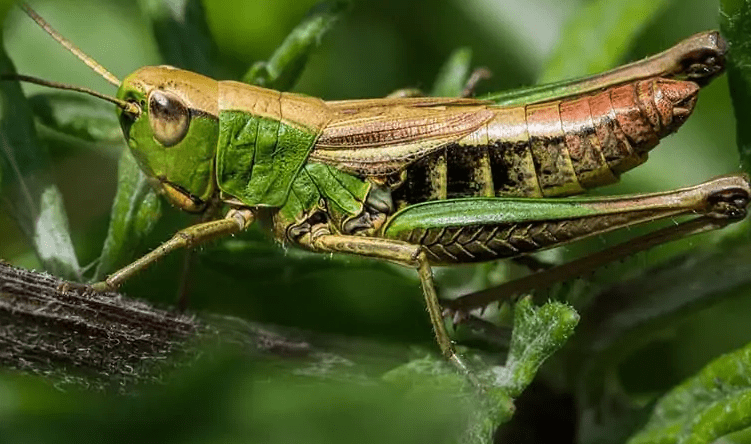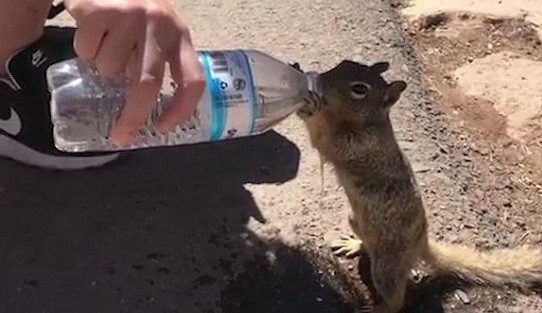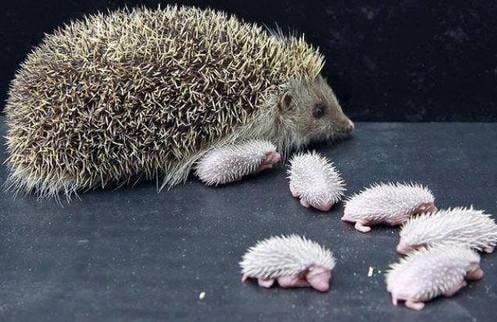
Grasslands cover approximately 31-40% of the Earth’s land surface, making them one of the major types of ecosystems on our planet. These areas are found on every continent except Antarctica and can vary from vast prairies and steppes to savannas and smaller meadows. The extent of grasslands can fluctuate due to factors such as climate change, land use changes, and human activities. This wide range of ecosystems provides critical habitats for various wildlife and supports agriculture, making grasslands a vital component of the Earth’s landscape.
This section will discuss how grasslands are important for global biodiversity and the role humans play in their decline.
The percentage of coverage of grasslands on earth has been decreasing since 1970. This is mainly because of climatic changes that have led to desertification and deforestation.
Contents
What is a Grassland?
Grassland is a type of natural land that does not contain trees. Grasslands are mostly found in the temperate and arid regions of the world.
Grasslands are mainly composed of grasses, herbs, sedges, rushes, and other herbaceous plants. They also have areas with shrubs or trees. Grasslands are characterized by their short vegetation period and soil that is poor in nutrients.
Grassland is one of the most important ecosystems on Earth because it plays a key role in carbon sequestration, nutrient cycling, water purification and climate regulation.
What are the Different Types of Grasslands in the World?
Grasslands are found in vast regions of the world, mostly in temperate and tropical climates. They are characterized by their low, dense vegetation which is supported by a soil that is rich in nutrients.
Grasslands can be classified into different types based on their ecology and the climate they are found in. The three major types of grasslands include
– Steppe Grassland: Steppe grasslands are found in semi-arid to arid regions where rainfall ranges from less than 200 mm annually to less than 500 mm annually. It is characterized by its short, coarse grasses that grow quickly and form a thick layer on the ground which prevents water from seeping down deep into the soil.
– Savanna Grassland: Savannas are found mainly in tropical regions where rainfall ranges
Grasslands are different types of ecosystems that are primarily composed of herbaceous plants. There are many types of grasslands, each with its own unique characteristics.
There are two major types of grasslands: temperate and tropical grasslands. The temperate grassland is the most common type and is found primarily in North America, Europe, Asia, and Australia. This type typically has a warm to hot climate and a dry season during which the soil dries up completely.
Tropical grassland is found in areas with warm to hot climates but with a wet season during which precipitation falls continuously for at least six months out of the year. This type typically has a dry season during which there is little or no rainfall in some areas.
Conclusion: The Importance of Protecting Grasslands
There is an increasing need to protect grasslands as they are critical for the survival of many species. As the world becomes more urbanized, the land that used to be used for grazing is being converted into residential and commercial space. This conversion of land has led to a decrease in the number of animals in these areas, which has a direct impact on human health and well-being.
In this essay, we have discussed the importance of protecting grasslands. Conservation and environmental awareness is an important issue that we should not forget about. We need to protect our planet for future generations and ensure that we are not destroying the habitat of endangered species.

